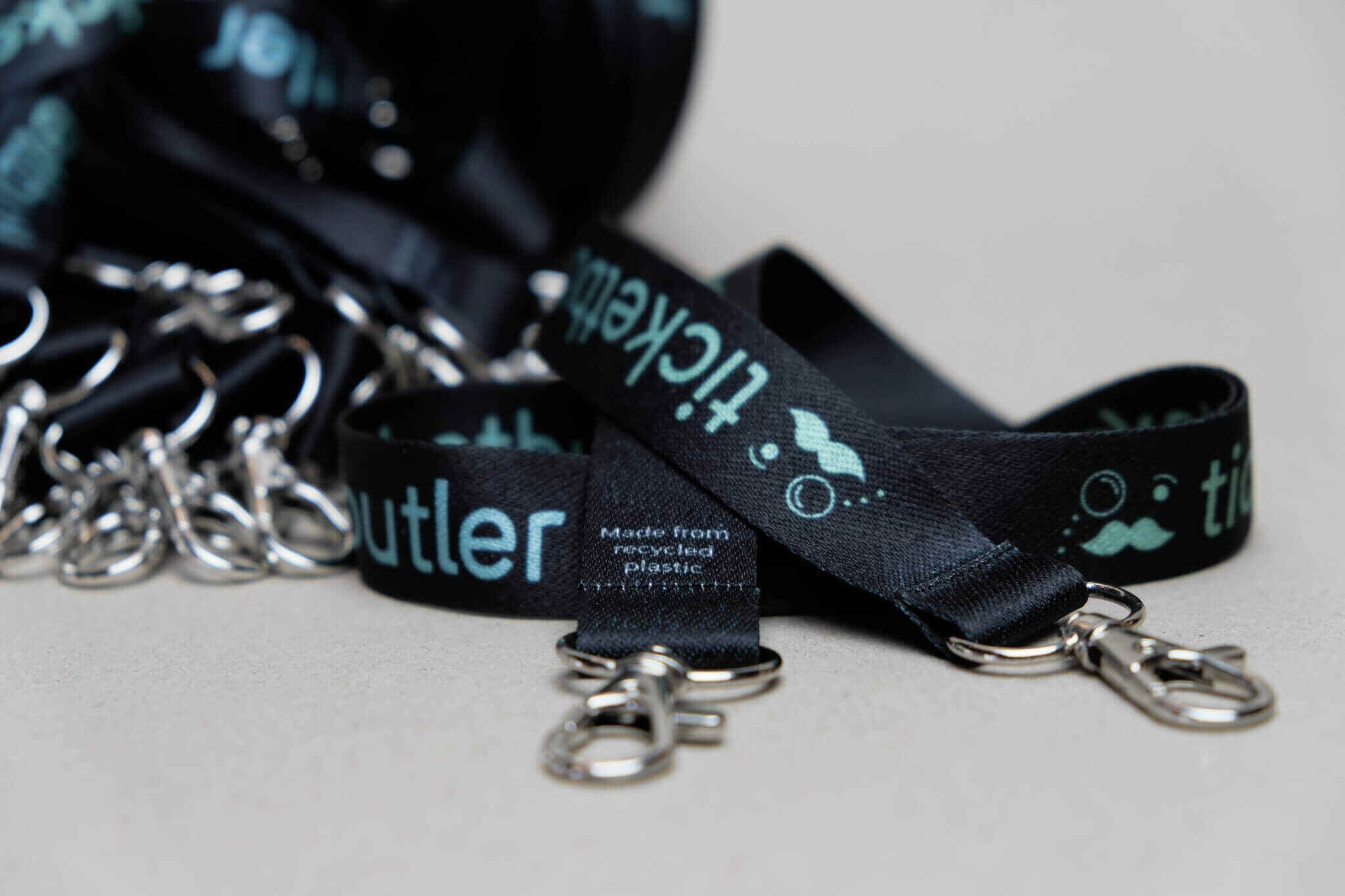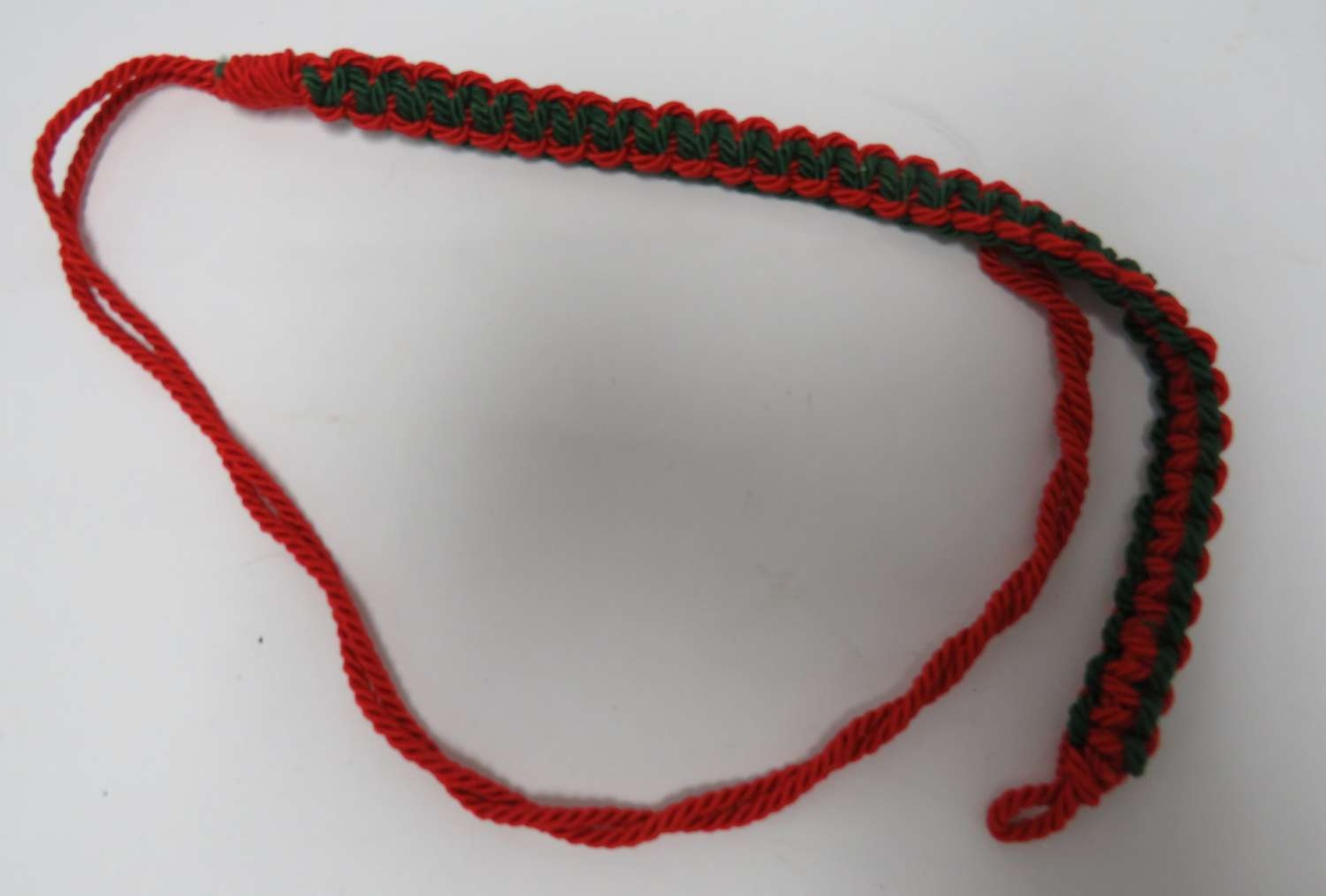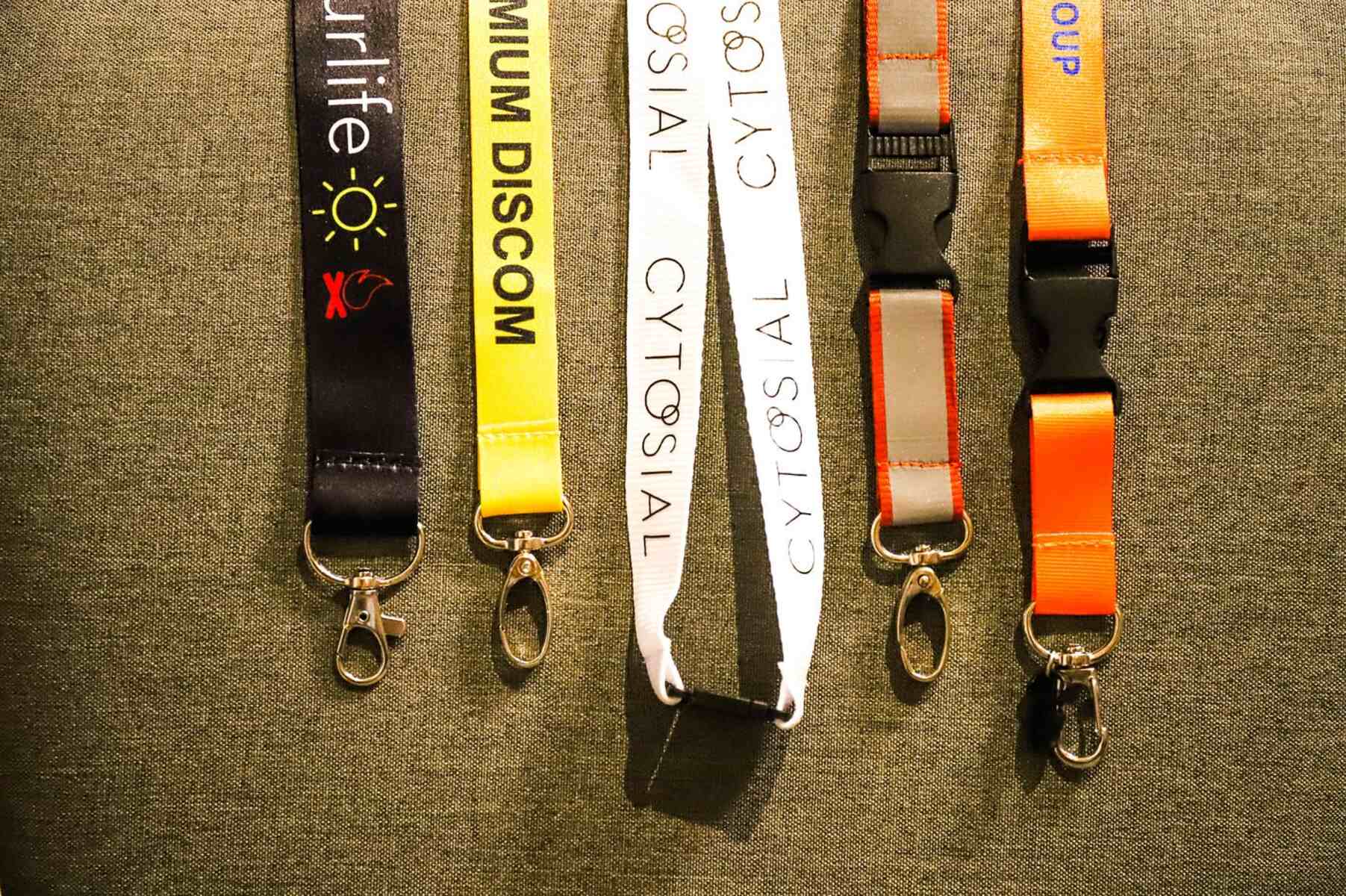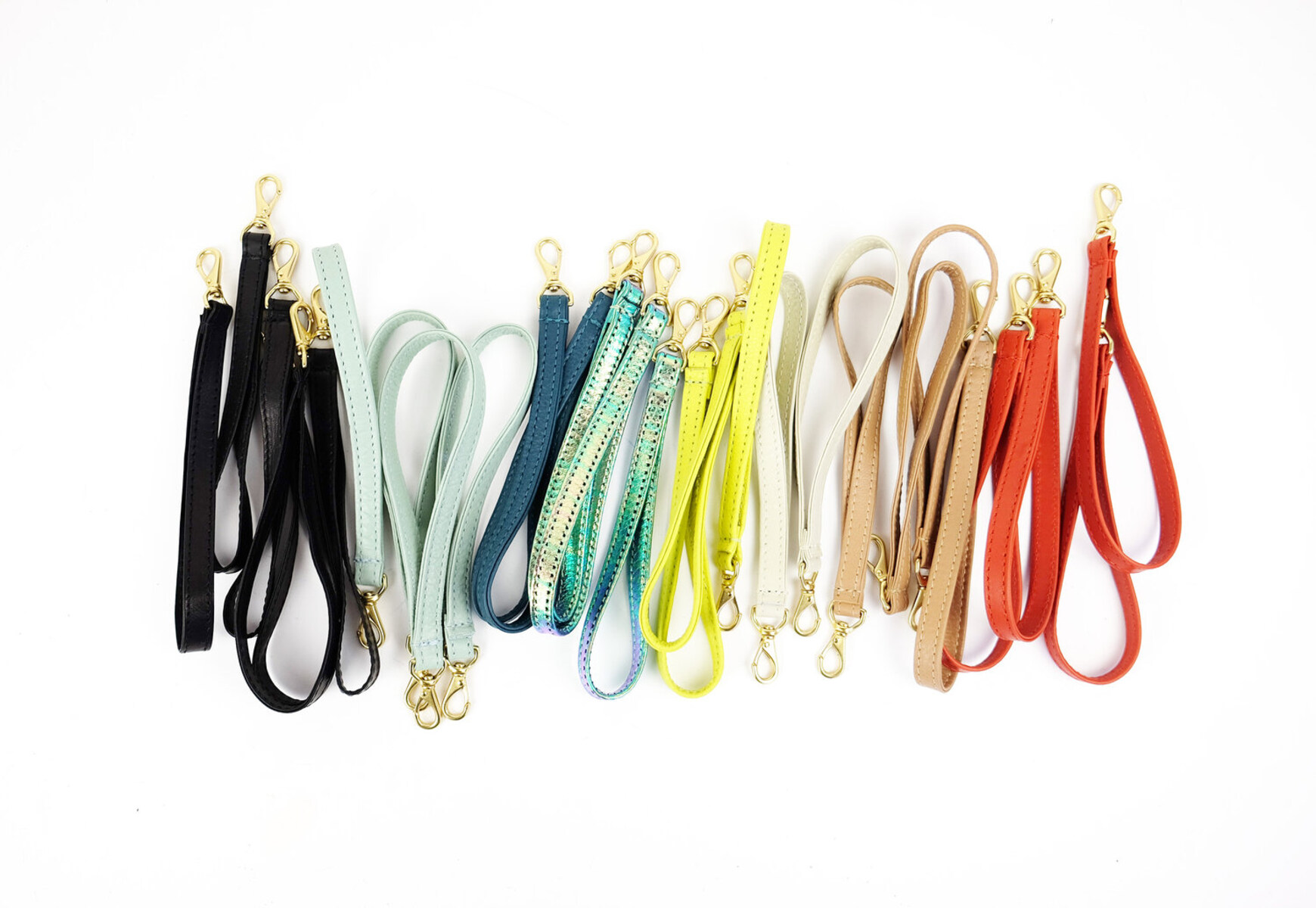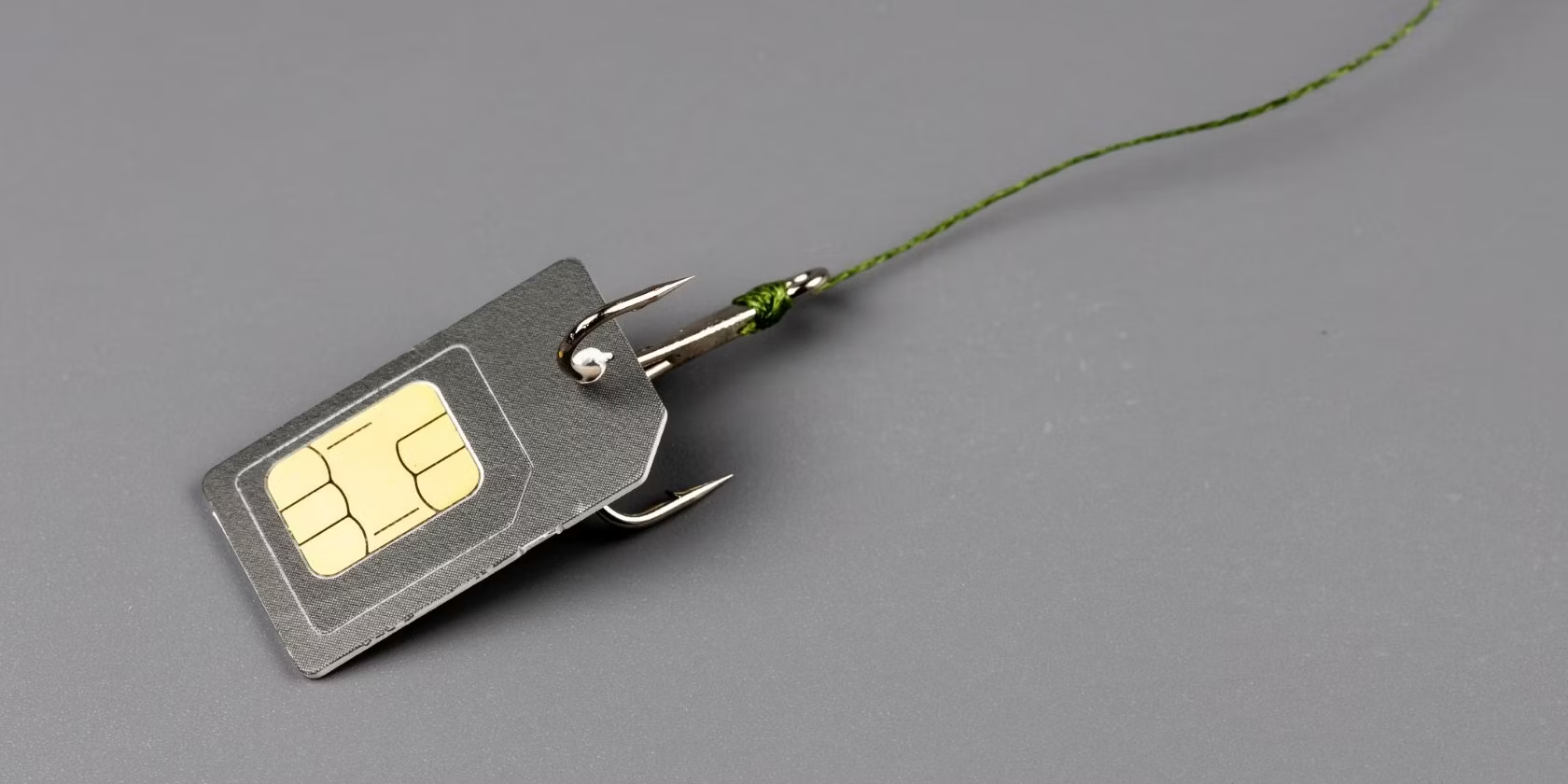Introduction
Lanyards are versatile accessories that are commonly used to hold identification badges, keys, and other small items. They are often made from various materials, including nylon, polyester, and cotton, and come in a wide range of colors and designs. While lanyards serve practical purposes in professional and event settings, they also present an opportunity for eco-friendly crafting through recycling and repurposing.
In today's world, where sustainability is a growing concern, finding creative ways to reduce waste and repurpose materials has become increasingly important. This is where lanyards come into play as an unexpected but valuable resource for eco-conscious individuals and crafting enthusiasts. By exploring the potential of lanyards for recycling and repurposing, we can contribute to the reduction of environmental impact while embracing creativity and innovation.
In this comprehensive guide, we will delve into the world of lanyards and uncover the possibilities for eco-friendly crafting. From understanding the different types of lanyards to exploring sustainable crafting techniques, this guide will provide valuable insights and practical tips for making the most of lanyards in a sustainable manner. Whether you're a seasoned crafter looking for new projects or someone passionate about environmental conservation, this guide will inspire you to embark on a journey of eco-friendly crafting with lanyards.
Join us as we embark on a creative and sustainable exploration of lanyards, discovering how these seemingly ordinary accessories can be transformed into unique and environmentally conscious creations. Let's unlock the potential of lanyards as a sustainable crafting medium and embrace the art of recycling and repurposing to make a positive impact on our planet.
Understanding Lanyards
Lanyards are versatile accessories that have become ubiquitous in various environments, from corporate offices and academic institutions to trade shows and events. These simple yet practical items are designed to keep essential items such as ID badges, keys, and small tools easily accessible. Typically crafted from materials like nylon, polyester, cotton, or eco-friendly alternatives, lanyards come in an array of colors, patterns, and designs to suit different preferences and purposes.
The construction of a lanyard typically consists of a strap or cord, often equipped with a clip, hook, or badge holder at one end. This design allows for the secure attachment of items while keeping them within reach. Lanyards are available in different lengths, offering flexibility for users to customize their wearing style, whether it's around the neck, wrist, or attached to a bag or belt loop.
In addition to their practical utility, lanyards also serve as a means of identification, branding, and expression. Organizations often customize lanyards with their logos, slogans, or specific colors to promote brand visibility and create a sense of unity among members or employees. At events, lanyards play a crucial role in distinguishing participants, staff, and VIPs, contributing to efficient organization and security management.
Understanding the diverse uses and characteristics of lanyards is essential for exploring their potential in eco-friendly crafting. By recognizing the materials, designs, and functionalities of lanyards, individuals can gain insight into how these seemingly ordinary accessories can be repurposed and transformed into sustainable creations. Whether it's repurposing lanyards into new accessories or incorporating them into innovative DIY projects, a deeper understanding of lanyards opens up a world of creative possibilities with a focus on sustainability.
As we delve deeper into the realm of lanyards, we will uncover the untapped potential for eco-friendly crafting, exploring how these everyday items can be repurposed, recycled, and transformed into unique and environmentally conscious creations. This understanding sets the stage for a sustainable journey of creativity and innovation, where lanyards become more than just functional accessories—they become symbols of mindful crafting and environmental responsibility.
Eco-Friendly Crafting with Lanyards
Lanyards, often overlooked for their potential beyond practical use, hold significant promise for eco-friendly crafting. Embracing sustainability in crafting involves reimagining the lifespan of everyday items, and lanyards offer a unique opportunity for repurposing and recycling. By incorporating lanyards into eco-conscious crafting projects, individuals can contribute to the reduction of waste while unleashing their creativity in innovative ways.
One of the most compelling aspects of eco-friendly crafting with lanyards is the opportunity to breathe new life into these versatile accessories. Whether they are surplus lanyards from events, outdated corporate branding materials, or simply unused items, lanyards can be transformed into a wide array of sustainable creations. From stylish upcycled jewelry to functional household items, the possibilities for lanyard crafting are limited only by imagination.
Recycling and repurposing lanyards not only minimize environmental impact but also promote a sense of resourcefulness and creativity. By giving lanyards a second life through crafting, individuals can reduce the demand for new materials, thereby lessening the strain on natural resources and lowering carbon emissions associated with production processes. This approach aligns with the principles of a circular economy, where materials are reused and repurposed, contributing to a more sustainable and regenerative system.
Incorporating lanyards into eco-friendly crafting endeavors also encourages a shift towards mindful consumption and waste reduction. Rather than discarding lanyards as disposable items, individuals can explore ways to transform them into valuable and enduring creations. This shift in perspective fosters a deeper appreciation for the potential of everyday materials and encourages a more conscious approach to crafting and consumption.
Furthermore, engaging in eco-friendly crafting with lanyards presents an opportunity for individuals to express their commitment to environmental stewardship. By showcasing the creative potential of lanyards as sustainable crafting materials, individuals can inspire others to explore eco-conscious practices and contribute to a collective effort towards a greener and more sustainable future.
As we venture into the realm of eco-friendly crafting with lanyards, we embark on a journey of creativity, innovation, and environmental responsibility. By embracing the potential of lanyards as sustainable crafting materials, we not only unlock new avenues for creative expression but also make a meaningful contribution to the preservation of our planet's resources. Let's harness the power of lanyards to craft a more sustainable and vibrant future, one creative endeavor at a time.
Recycling Lanyards
Recycling lanyards presents a compelling opportunity to minimize waste and contribute to environmental conservation. When lanyards reach the end of their original purpose, whether due to outdated branding, event surplus, or wear and tear, recycling offers a sustainable alternative to discarding them as disposable items. By diverting lanyards from landfills and incinerators, individuals can play a proactive role in reducing the environmental impact of these ubiquitous accessories.
The process of recycling lanyards typically involves disassembling the components to segregate and prepare the materials for reprocessing. This may include separating the strap or cord from attachments such as clips, hooks, or badge holders. The materials, such as nylon, polyester, or eco-friendly alternatives, can then be sorted and processed for recycling, transforming them into new products or materials.
Recycled lanyard materials can be utilized in the production of various items, contributing to the circular economy and reducing the demand for virgin materials. For instance, recycled nylon or polyester from lanyards can be repurposed into new textiles for clothing, bags, or accessories, extending the lifespan of the materials and minimizing the need for resource-intensive production processes.
In addition to material recycling, lanyards can also be repurposed for alternative uses, offering creative opportunities for sustainable crafting. For instance, the vibrant colors and durable nature of lanyard materials make them suitable for weaving, braiding, or knotting into decorative items, such as coasters, mats, or plant hangers. This approach not only extends the utility of lanyards but also showcases their potential for innovative and eco-conscious crafting endeavors.
Moreover, the act of recycling lanyards aligns with the principles of a circular economy, where materials are reused, repurposed, and recycled to minimize waste and maximize resource efficiency. By participating in lanyard recycling initiatives, individuals can contribute to the broader goal of creating a more sustainable and regenerative system, reducing the environmental footprint of everyday items.
As we explore the realm of lanyard recycling, we uncover the transformative potential of these seemingly ordinary accessories, turning them into valuable resources for sustainable crafting and environmental stewardship. By embracing lanyard recycling, individuals can actively participate in the preservation of natural resources, the reduction of waste, and the promotion of a more sustainable and circular approach to material utilization.
Repurposing Lanyards
Repurposing lanyards offers an innovative and sustainable approach to extending the lifespan of these versatile accessories. When lanyards have fulfilled their original purpose, whether through corporate rebranding, event surplus, or simply wear and tear, repurposing them unlocks a world of creative possibilities. By transforming lanyards into new and functional items, individuals can contribute to waste reduction and environmental conservation while showcasing the inherent potential of these often overlooked materials.
One compelling way to repurpose lanyards is by incorporating them into DIY crafting projects. The durable and flexible nature of lanyard materials makes them ideal for creating a wide range of items, from accessories to household essentials. For instance, lanyards can be braided or woven into colorful bracelets, keychains, or even pet collars, adding a touch of uniqueness and sustainability to everyday items. The vibrant colors and patterns of lanyards lend themselves well to creative crafting endeavors, allowing individuals to infuse their personal style into repurposed creations.
In addition to accessories, repurposed lanyards can find new life as functional household items. The sturdy nature of lanyard materials makes them suitable for crafting coasters, trivets, or even small baskets. By weaving or knotting lanyards into these items, individuals can add a sustainable and personalized touch to their living spaces while minimizing the environmental impact of traditional materials. This approach not only showcases the versatility of lanyards but also promotes a more mindful and resourceful approach to crafting and consumption.
Furthermore, repurposing lanyards aligns with the principles of sustainable and circular design, where materials are utilized in a regenerative manner. By transforming lanyards into new and valuable creations, individuals contribute to the reduction of waste and the promotion of a more sustainable and conscientious approach to material utilization. This shift in perspective encourages a deeper appreciation for the potential of everyday items and fosters a more mindful and creative approach to crafting.
As we embrace the art of repurposing lanyards, we embark on a journey of creativity, innovation, and environmental responsibility. By breathing new life into these seemingly ordinary accessories, we not only minimize waste but also showcase the transformative power of sustainable crafting. Let's harness the potential of repurposed lanyards to craft a more sustainable and vibrant future, one creative endeavor at a time.
Tips for Sustainable Lanyard Crafting
Sustainable lanyard crafting encompasses a thoughtful and eco-conscious approach to utilizing lanyards in creative projects. Whether you're a seasoned crafter or new to the world of sustainable crafting, incorporating lanyards into your endeavors can be both rewarding and environmentally impactful. Here are some valuable tips to guide you in your sustainable lanyard crafting journey:
-
Source Responsibly: When acquiring lanyards for crafting projects, consider sourcing them from surplus materials, outdated branding, or unused stock. By repurposing lanyards that would otherwise go to waste, you contribute to the reduction of environmental impact and promote a circular approach to material utilization.
-
Explore Upcycling: Embrace the practice of upcycling by transforming lanyards into new and valuable creations. Whether it's weaving them into colorful accessories or incorporating them into innovative DIY projects, upcycling lanyards allows you to breathe new life into these versatile materials while minimizing waste.
-
Mindful Material Selection: If you're considering purchasing lanyards for crafting, opt for eco-friendly and sustainable materials such as organic cotton, recycled polyester, or other environmentally conscious options. By prioritizing sustainable materials, you contribute to the demand for eco-friendly alternatives and support responsible sourcing practices.
-
Creative Repurposing: Think outside the box and explore the diverse ways lanyards can be repurposed into functional and decorative items. From braiding them into plant hangers to knotting them into coasters, the creative potential of repurposed lanyards knows no bounds. Let your imagination guide you in discovering unique and sustainable crafting possibilities.
-
Educate and Inspire: Share your sustainable lanyard crafting journey with others to inspire and educate fellow crafters and enthusiasts. By showcasing the creative and environmental benefits of lanyard crafting, you can encourage a broader adoption of eco-friendly practices and contribute to a community dedicated to sustainable crafting.
-
Embrace Minimal Waste: Practice mindful crafting by minimizing waste and maximizing the utility of lanyards in your projects. Consider incorporating scrap materials or remnants from lanyards into smaller creations, ensuring that every part of the lanyard serves a purpose in your sustainable crafting endeavors.
-
Support Circular Economy: By engaging in sustainable lanyard crafting, you actively participate in the principles of a circular economy, where materials are reused, repurposed, and recycled. Embrace this holistic approach to crafting, contributing to a more sustainable and regenerative system that minimizes waste and maximizes resource efficiency.
Incorporating these tips into your sustainable lanyard crafting endeavors empowers you to make a positive impact on the environment while indulging in creative and fulfilling projects. By embracing sustainability in your crafting practices, you contribute to a greener and more conscientious approach to creativity, one lanyard craft at a time.
Conclusion
In conclusion, the world of lanyards holds remarkable potential for eco-friendly crafting, offering an unexpected avenue for sustainable creativity and environmental responsibility. By understanding the diverse uses and characteristics of lanyards, individuals can unlock the transformative power of these versatile accessories, repurposing and recycling them to minimize waste and contribute to the preservation of natural resources.
Eco-friendly crafting with lanyards transcends traditional notions of crafting, inviting individuals to reimagine the lifespan of these everyday items. Through the practice of recycling lanyards, individuals actively participate in the reduction of waste, diverting materials from landfills and incinerators while contributing to a more sustainable and circular system. The process of disassembling and reprocessing lanyards not only extends the utility of the materials but also showcases the potential for creative and environmentally conscious initiatives.
Similarly, repurposing lanyards presents an innovative approach to sustainable crafting, allowing individuals to breathe new life into these often overlooked accessories. By transforming lanyards into new and functional items, individuals contribute to waste reduction and environmental conservation while promoting a more mindful and resourceful approach to crafting and consumption. The vibrant colors and durable nature of lanyard materials lend themselves well to a wide range of crafting endeavors, from accessories to household essentials, showcasing the versatility and potential of sustainable lanyard crafting.
As individuals embark on their sustainable lanyard crafting journey, it is essential to embrace responsible sourcing, creative upcycling, and mindful material selection. By incorporating these principles into crafting practices, individuals can make a meaningful impact on the environment while indulging in fulfilling and environmentally conscious projects.
Ultimately, sustainable lanyard crafting goes beyond the creation of tangible items—it embodies a commitment to environmental stewardship and a dedication to promoting a more sustainable and vibrant future. By embracing the potential of lanyards as sustainable crafting materials, individuals contribute to a collective effort towards mindful consumption, waste reduction, and the preservation of our planet's resources.
In this journey of creativity, innovation, and environmental responsibility, lanyards become more than just functional accessories—they become symbols of mindful crafting and the transformative potential of sustainable practices. Let's continue to harness the power of lanyards to craft a greener, more sustainable future, one eco-friendly creation at a time.







